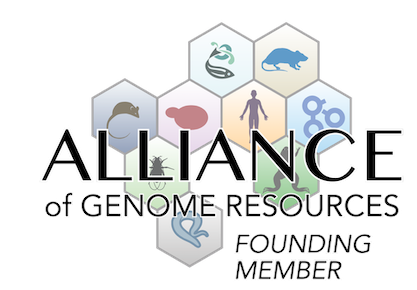mortality/aging
|
• no mice survive beyond 14 days of age
|
|
• 40% of mice die shortly after birth and none survive beyond 14 days of age
|
behavior/neurological
|
• pups lack a milk spot in their stomach, indicative of failure to feed
|
growth/size/body
|
• surviving mice show postnatal growth defects, with reduced body weight at P5
|
homeostasis/metabolism
muscle
|
• tongue and hind-limb muscles show severely impaired muscle fiber formation and fewer nuclei per myofiber in mice that die at birth suggesting a hypomorphic fusion phenotype
|
|
• tongue and hind-limb muscles show severely impaired muscle fiber formation
|
|
• hindlimb muscles show sparse and highly fragmented sarcomeres
|
|
• hindlimb muscles show evidence of myofiber degeneration
|
|
• hindlimb muscles show a reduction in muscle size across muscle groups
|
respiratory system
|
• mice that die at birth are clearly hypoxic and fail to inflate their lungs
|
cellular
|
• tongue and hind-limb muscles show severely impaired muscle fiber formation and fewer nuclei per myofiber in mice that die at birth suggesting a hypomorphic fusion phenotype
|
Mouse Models of Human Disease |
DO ID | OMIM ID(s) | Ref(s) | |
| Carey-Fineman-Ziter syndrome 2 | DOID:0061116 |
OMIM:619941 |
J:372295 | |



 Analysis Tools
Analysis Tools